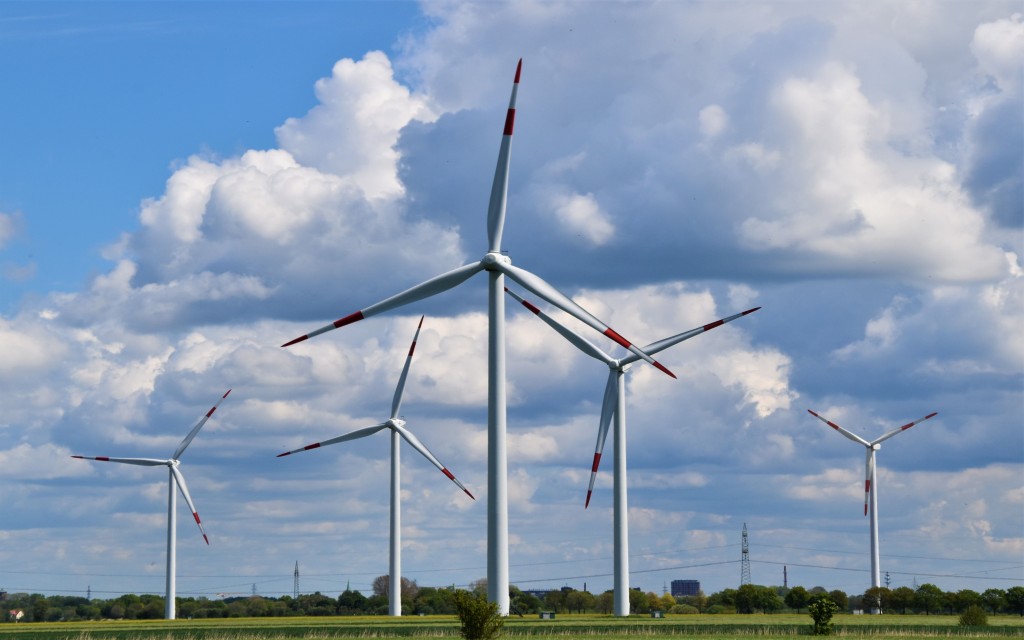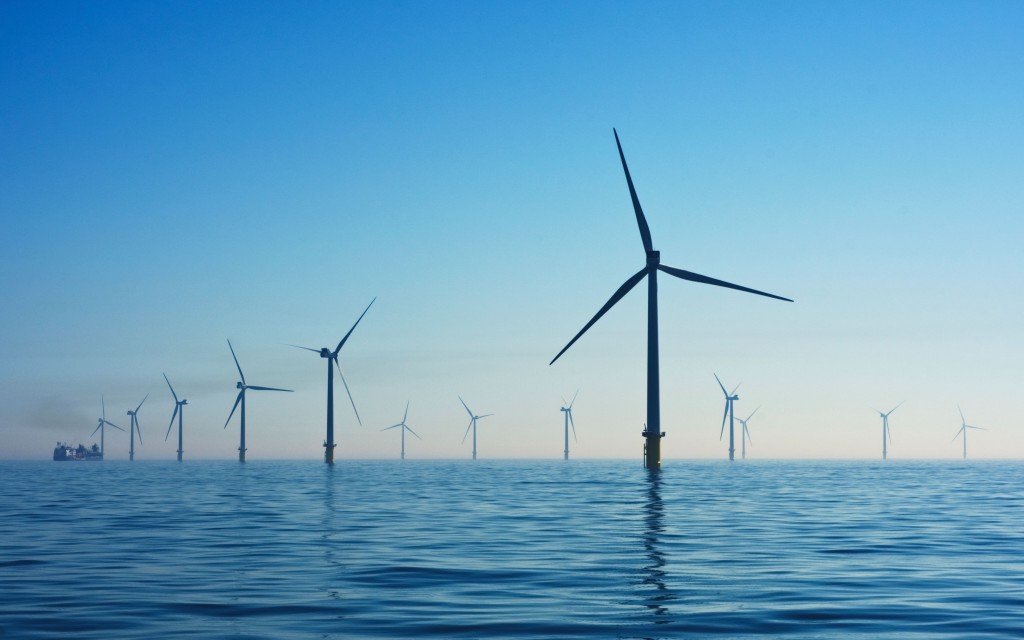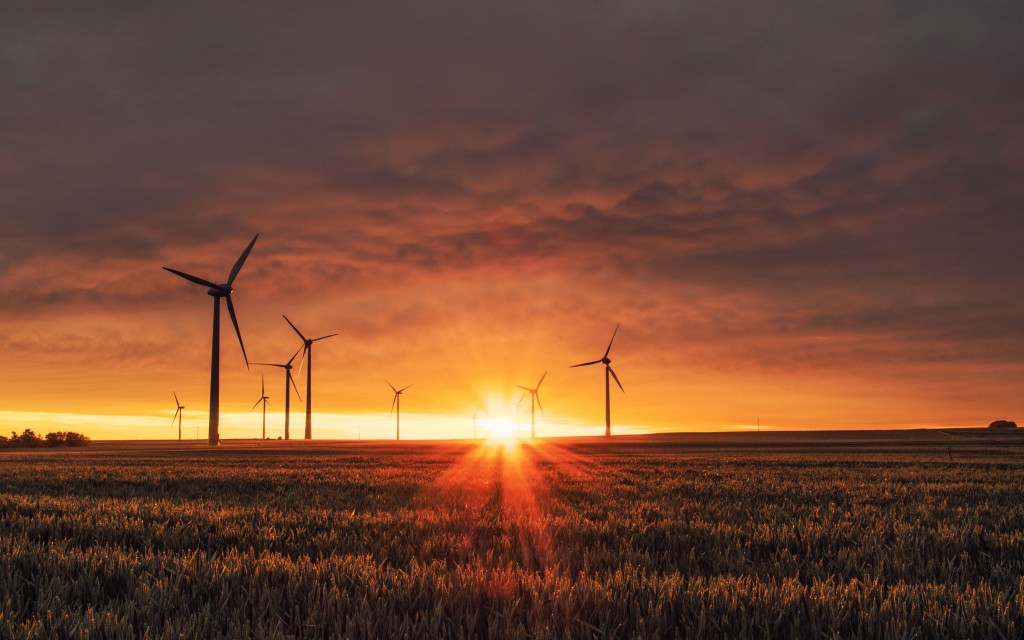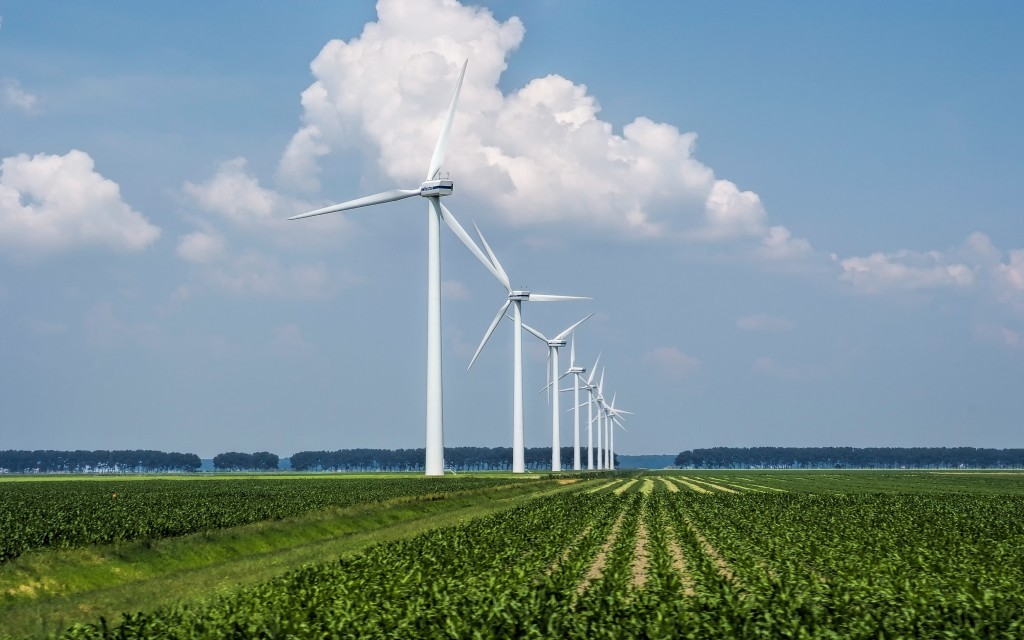Harnessing the Power of the Wind: Exploring How Wind Turbines Work
Welcome to the world of renewable energy! In a time where climate change is becoming an increasingly urgent concern, harnessing the power of the wind has become a key solution in our quest for sustainable and clean energy sources. Wind turbines, those towering giants that dot the landscape, are not only a mesmerizing sight but also an innovative marvel. In this article, we will take a deep dive into the fascinating realm of wind turbines and explore how they work their magic. From the intricate mechanics behind their operation to the environmental benefits they bring, we will uncover the secrets that allow these towering giants to harness the power of the wind and convert it into electricity. So, buckle up and get ready to be blown away as we unravel the mystery of wind turbines and discover how they play a crucial role in shaping our future energy landscape.
History of Wind Power
Wind power has been utilized for centuries, with its origins dating back to ancient civilizations. Early civilizations harnessed the wind's power to grind grain and pump water. However, it was not until the late 19th century that the first wind turbine capable of generating electricity was invented by Charles F. Brush. This invention marked a significant milestone in the history of wind power, paving the way for further advancements and the eventual development of modern wind turbines.
Over the years, wind power has evolved from small-scale applications to large-scale wind farms that generate electricity for entire communities. Today, wind power is recognized as a reliable and sustainable source of energy, with wind turbines becoming increasingly prevalent worldwide.
How Do Wind Turbines Work?
At first glance, wind turbines may appear simple, but their inner workings are far more complex. Wind turbines operate on a simple principle: they convert the kinetic energy of the wind into mechanical energy and then into electrical energy. This process involves several key components working in harmony.
The main component of a wind turbine is the rotor, which consists of two or three blades attached to a hub. As the wind blows, it causes the blades to rotate. This rotational motion is transferred to a generator through a series of gears and a shaft. The generator converts the mechanical energy into electrical energy, which can then be used to power homes, businesses, and even entire cities.

Components of a Wind Turbine
Wind turbines consist of several components that work together to harness the wind's power efficiently. In addition to the rotor and generator, other essential parts include the tower, nacelle, and control system.
The tower provides height, allowing the rotor to capture the stronger and more consistent winds found at higher altitudes. Modern wind turbine towers can reach staggering heights, with some exceeding 200 meters. The nacelle houses the generator, gearbox, and other mechanical components. It is usually located atop the tower and rotates to face the wind, ensuring optimal wind capture. Lastly, the control system monitors various parameters such as wind speed and direction, and adjusts the rotor's orientation for maximum energy output.

Types of Wind Turbines
Wind turbines come in various designs, each with its own advantages and suitability for different environments. The two most common types are horizontal-axis wind turbines (HAWTs) and vertical-axis wind turbines (VAWTs).
HAWTs are the most prevalent type of wind turbine, with three-bladed rotors mounted on a horizontal axis. This design allows for efficient capture of the wind and high energy output. VAWTs, on the other hand, have a vertical-axis rotor, making them suitable for areas with turbulent or variable wind patterns. They are often used in urban environments where space is limited or in remote locations where maintenance can be challenging.
Advantages of Wind Power
Wind power offers numerous advantages over traditional fossil fuel-based energy sources. Firstly, wind is an unlimited resource, making wind power a renewable and sustainable solution. Unlike fossil fuels, wind power does not produce greenhouse gas emissions, contributing to a reduction in carbon footprint and combating climate change. Additionally, wind power is a domestic energy source, reducing dependence on foreign oil and promoting energy independence.
Challenges and Limitations of Wind Power
While wind power has many benefits, it also faces challenges and limitations. One limitation is the variability of wind patterns. Wind energy production is dependent on consistent wind speeds, and fluctuations in wind intensity can impact the stability of the electrical grid. Additionally, wind turbines have a visual impact on the landscape, which can be a concern for some communities. Noise pollution and potential harm to wildlife are also challenges that need to be addressed.
Environmental Impact of Wind Turbines
Wind turbines have a significantly lower environmental impact compared to traditional forms of energy generation. As mentioned earlier, wind power does not produce greenhouse gas emissions, helping to mitigate climate change. Furthermore, wind farms have the potential to create habitats for certain bird species, as the areas around turbines are typically left undisturbed. However, it is essential to carefully consider the location of wind farms to minimize potential negative impacts on wildlife.

Wind Turbine Technology Advancements
Advancements in technology have played a crucial role in improving the efficiency and effectiveness of wind turbines. Over the years, the size and capacity of wind turbines have increased significantly. Larger rotor diameters and taller towers enable wind turbines to capture more wind energy, resulting in higher energy yields. Furthermore, advancements in materials and design have made wind turbines more durable and reliable, reducing maintenance costs and increasing their lifespan.
Future of Wind Power
As the demand for clean and sustainable energy continues to grow, the future of wind power looks promising. Technological advancements, along with favorable government policies and incentives, are driving the expansion of wind energy worldwide. Offshore wind farms, in particular, hold great potential due to the availability of strong and consistent winds over the ocean. Additionally, the integration of wind power with other renewable energy sources, such as solar and hydroelectric power, can create a more robust and reliable energy grid.
Conclusion
Wind turbines are not only captivating structures but also a vital component of our journey towards a greener future. Through their ability to harness the power of the wind and convert it into electricity, wind turbines offer a sustainable and renewable solution to our energy needs. While wind power has its challenges and limitations, the benefits it brings in terms of reducing greenhouse gas emissions, promoting energy independence, and creating a cleaner environment make it an essential part of our future energy landscape. By continuing to invest in wind power technology and infrastructure, we can harness the full potential of the wind and pave the way for a more sustainable and environmentally friendly world.
